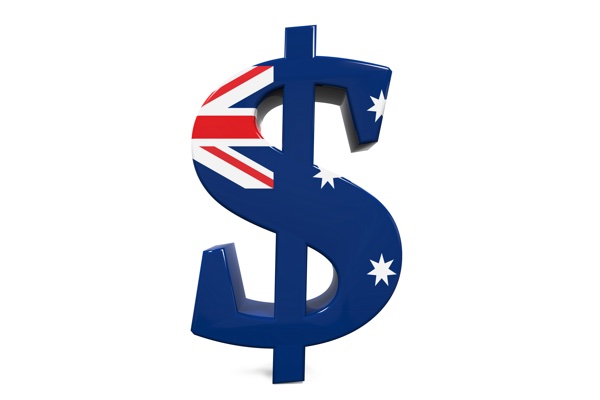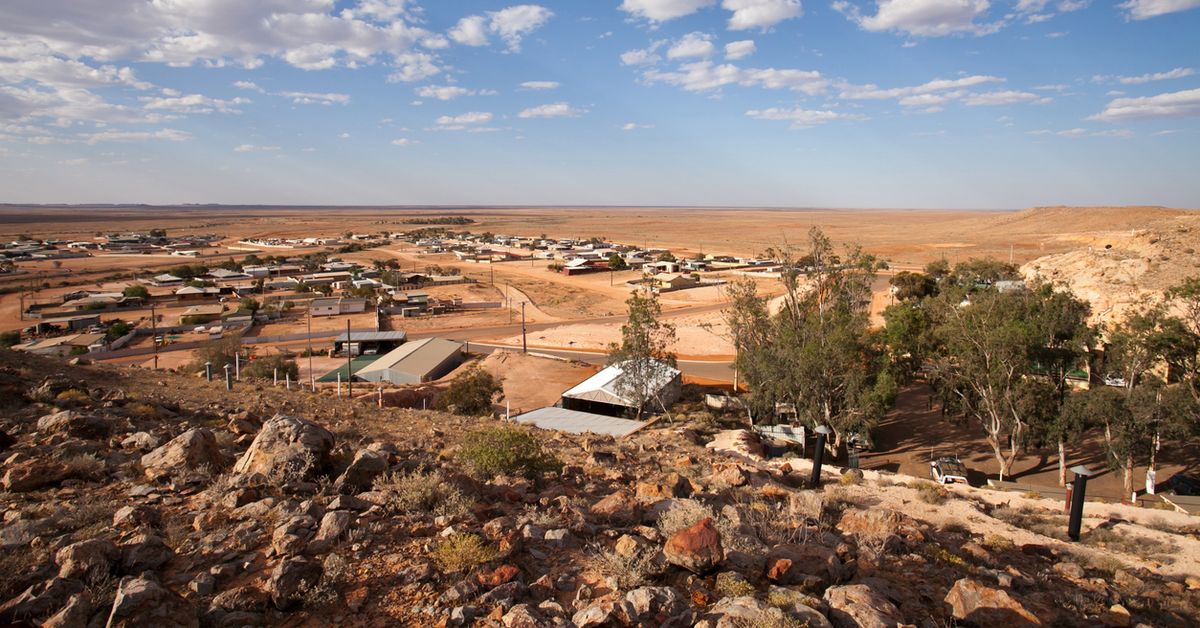Australia’s unemployment rate inches higher to 4.1% in June making a rate cut less likely

- by Admin
- July 18, 2024

Australia’s jobless rate rose in June even as employers added the most new positions since February as more people started looking for work.
The unemployment rate in June was 4.1% seasonally adjusted, the Australian Bureau of Statistics said on Thursday. That compared with the 4.1% pace expected by economists and the 4% rate previously reported for May.
The economy added just over 50,000 jobs compared with the 20,000 additional positions forecast by economists. Full-time roles rose by 43,300 and part-time positions rose by 6,800.
The participation rate, one gauge of those in the market for jobs, picked up 0.1 percentage points to 66.9%. That tally was just shy of the record 67% rate set in November 2023, the ABS said.
The labour figures along with the June quarter inflation figures will be pored over closely by the RBA board when it next meets on 5-6 August to decide the cash rate setting.
Prior to Thursday’s release, investors were assessing a 25-basis-point increase in the cash rate to 4.6% next month as a 15% chance, the ASX’s rate tracker indicated.
The prospects of a rate cut to 4.1% had slightly improved in recent weeks as the US and other nations move closer to interest rate cuts. Still, markets were not fully pricing that in until the middle of 2025, even if the CBA and Westpac still considered a rate cut possible in Australia before the end of this year.
The strength of the job creation prompted investors to buy up the Australian dollar, pushing its exchange to 67.35 US, or a gain of about 0.15 US cents on Thursday’s jobs news. Stocks added to their modest falls for the day to be down about 0.25%.
Both movements suggested investors viewed the labour data as making any RBA rate cut a little less likely – and perhaps even another rate rise possible in this cycle.
Bjorn Jarvis, the ABS head of labour statistics, said “the labour market remains relatively tight”, with hours increasing 0.8% even as more people than usual called in ill last month.
About 4.5% of employed people in June could not work their usual hours because they were sick, compared to the pre-pandemic average for June of 3.6%, Jarvis said.
“However, we also saw less people taking annual leave in June 2024. There were around 12.5% of people working fewer hours because they were on leave, compared with the pre-pandemic average for June of 14.5%,” he said.
The number of unemployed people rose by 10,000 to 608,000 in June. That tally was up about 117,000 from the low reached in October 2022 and remains about 100,000 fewer than pre-Covid times – even as the workforce has increased.
A separate NAB monthly survey, also out on Thursday, found business conditions eased in the June quarter as “slow economic growth and soft consumer demand growth weighed on firms’ trading conditions and squeezed profitability”.
Still, “the share of firms reporting availability of labour as a constraint was broadly steady at 79%”, indicating some firms were still looking to hire.
Across the nation, the lowest jobless rate was in the ACT, with unemployment diving from 3.8% in May to 3%. It also eased back in Queensland to 3.9% from 4%, with a similar decline in South Australia. Tasmania saw its jobless rate retreat to 3.7% from 4.1% in May.
The big states of New South Wales and Victoria, which account for about half of the Australian economy, both posted modest rises in their jobless rates to 3.9% and 4.5%, respectively. Only the Northern Territory had a higher unemployment rate than Victoria’s at 4.6%.
The Latest News
-
September 20, 2024Who will replace Graham Arnold as Socceroos coach? Candidates to take on Australia top job | Sporting News Australia
-
September 20, 2024Graham Arnold departs as Head Coach of the Subway Socceroos
-
September 20, 2024Travis Head powers Australia to big win in first ODI | Betting Site
-
September 20, 2024Palestinians in Australia left in limbo as visa doesn’t allow for work or study rights
-
September 20, 20242024 Heath Ledger Scholarship finalists announced | ScreenHub Australia – Film & Television Jobs, News, Reviews & Screen Industry Data




